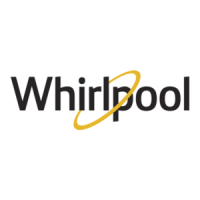
Do you have a question about the Whirlpool 50T12-40NG and is the answer not in the manual?
| Brand | Whirlpool |
|---|---|
| Model | 50T12-40NG |
| Category | Water Heater |
| Language | English |
Explains safety alert symbol, DANGER, WARNING, CAUTION, NOTICE terms for hazards.
Section for recording installation date, model, serial numbers, and maintenance performed.
Precautions to reduce injury risk during lifting or impact injuries from dropping.
Hazards encountered during operation, including scalding risks and explosion risks.
Details the risks associated with flammable vapors and the FVIR system.
Dangers of high temperatures and pressures leading to tank explosions.
Covers fire and explosion risks if hot water is unused for two weeks or more.
Hazards of carbon monoxide poisoning and burns from hot vent surfaces.
Covers initial instructions, codes, tools, and recommended accessories for installation.
Discusses the importance of adequate air supply for combustion and ventilation.
Explains different ventilation methods and how to calculate required opening sizes.
Details requirements for vent pipe material, clearance, installation, and termination.
Covers gas supply line installation, leak testing, and pressure checks.
Provides guidance for integrating the water heater with space heating or solar systems.
Verifies home plumbing, water pressure, and thermal expansion tank requirements.
Addresses selecting an appropriate location and setting up leak prevention measures like drain pans.
Step-by-step process for removing the old unit and installing the new one.
General steps for setting up the new unit, including air filter installation.
Covers connecting the T&P relief valve, shutoff valves, and mixing valves.
Details connecting water lines and installing the draft hood.
Final steps for making gas connections and performing pre-lighting checks.
Step-by-step guide to lighting the pilot and understanding status light codes.
Instructions for normal shutdown and emergency shutdown protocols.
Procedures to ensure proper venting and adequate air supply for safe operation.
Guidance on setting water temperature and understanding operating modes like Standard and Vacation.
Diagnosing issues when the water heater produces no hot water, checking pilot and status lights.
Identifying causes for low hot water volume or slow recovery times.
Solutions for T&P valve drips, water odors, and low water pressure problems.
A chart to interpret LED status codes and their corresponding corrective actions.
Procedures for regular upkeep, including draining and flushing the tank.
Inspecting and replacing the anode rod to prevent tank corrosion.
Annual visual checks of systems and cleaning the air filter for optimal performance.
Guidelines for operating and maintaining the Temperature and Pressure Relief Valve.
Information needed when ordering replacement parts, like model and serial numbers.
A numbered list of water heater components with their descriptions.
Visuals and descriptions of specific replacement parts kits.
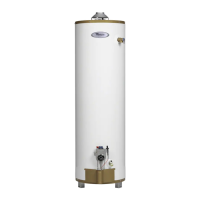
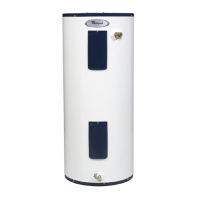
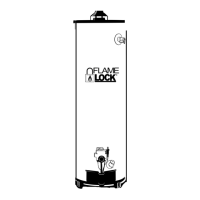
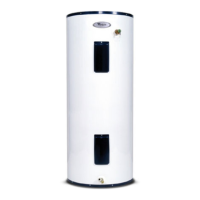
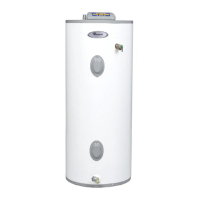
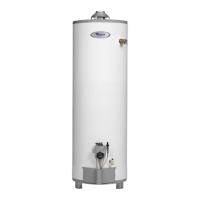
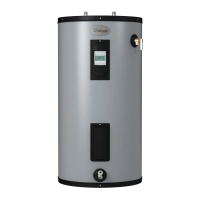
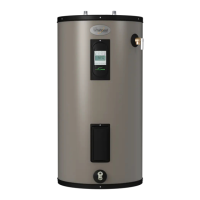
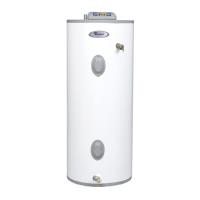
